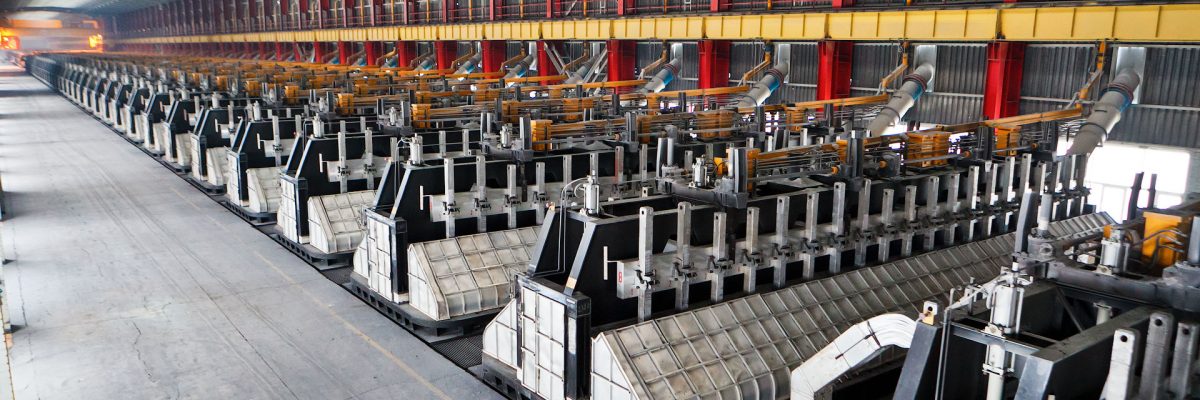WHICH REPAIR MANAGEMENT TOOL IS BETTER – RCA OR RCM?

Experience with reliability managers shows that the vast majority of industrial plants overcomplicate the link between Root Cause Analysis (RCA) and Reliability-Centered Maintenance (RCM). When a unit or asset fails, there is considerable debate about which methodology should be used to respond. From our perspective, there is and can be no disagreement because RCA and RCM are, in many ways, two sides of the same coin. Both are proven and effective methodologies that are designed to help manage downtime or repair risks. So there is absolutely no right or wrong choice when it comes to deciding which methodology to use.
Our advice is to keep it simple. If an asset suddenly fails and you don’t know why, doing RCA will help you determine the cause. However, if that asset regularly fails or you just want to improve its performance, it may be time to work on a strategy or RCM. We also suggest doing RCM for any asset that costs too much to maintain.
Either way, you can use both methods for any asset. If you decide to start with RCA and determine that you need some sort of maintenance plan to fix the situation, then it would be wise to use RCM logic to ensure that you are selecting the right tasks in that plan.
Whatever methodology you choose, you should treat it as a separate process and use its results for your entire asset base. For example, if you conduct an RCA for an asset and determine that it needs to be redesigned, you should have an algorithm to help you apply that result to similar assets with similar operating contexts in your organization. And whether it’s on the same site or on the other side of the world.
For most organizations, this is almost impossible right now. At best, they conduct an RCA or RCM to eliminate emergency downtime and apply local notification in the form of an email to inform other stakeholders of the change. However, without a formal process, the proposed changes will be seen as just a good idea and put at the end of a never-ending to-do list.
This devalues the effort invested in RCA or RCM. And it is very likely to lead to repeated downtime in assets that could have been prevented. The effect is a repeat performance of the RCA or RCM, only for a neighboring asset.
From all that said, let’s summarize. We should not be faced with the choice of which tool to apply – RCA and RCM, or which one is better. The priority should be deciding which one we have a scalable process to implement the RCA and RCM solutions. And we can help you in developing and implementing all the necessary procedures for the implementation of RCA and RCM solutions.



